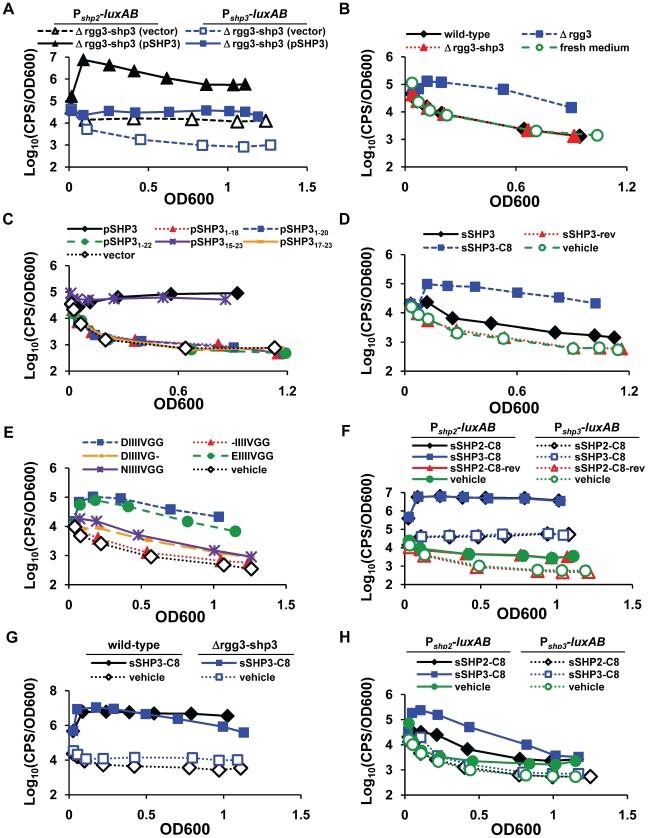Figure 3. SHP stimulation of luciferase production.
For panels A and C, overnight GAS cultures were diluted into CDM and followed for growth and light production over time. For panels B and D-H, reporter strains were grown to log-phase (OD600 between 0.3 and 0.5) and then diluted 13-fold into conditioned (panel B) or fresh CDM containing 50 nM of the indicated peptide (panels D-H). For all synthetic peptide experiments, DMSO was included as a vehicle control. Data shown are representative of at least three independent experiments. (A) Expression of shp3 under its own promoter from a multi-copy plasmid (pSHP3) induces luciferase expression at both Pshp2 (triangles) and Pshp3 (squares); pLZ12-Sp is the vector-only control. (B) Luciferase-inducing activity is present in a cell-free culture supernatant prepared from mid-log phase Δrgg3 donor (JCC131) but not in wild-type (NZ131) or Δrgg3-shp3 (JCC132)-conditioned supernatants; Δrgg3-shp3 (JCC159) was used as the reporter strain, and fresh medium was included as a control. (C) Luciferase activity of a Δrgg3-shp3 strain (JCC168) expressing truncated versions of shp3 indicates the importance of the C-terminus. All truncation plasmids were derived from pSHP3; pSHP317-23 includes a methionine to initiate translation. (D) Synthetic full-length (sSHP3) and C-terminal eight amino acids (sSHP3-C8), but not reverse peptide (sSHP3-rev), induce luciferase activity in a Δrgg3-shp3 reporter strain (JCC168). (E) Amino acid substitutions within the C-terminus of SHP3 alter its reporter-inducing activity in a Δrgg3-shp3 reporter strain (JCC168). sSHP3-C8: DIIIIVGG; the sequences of synthetic peptides with amino acids substitutions are shown in the panel legend. (F) sSHP2-C8 and sSHP3-C8 stimulate induction and cross-induction of luciferase at Pshp2 (solid lines; BNL148) or Pshp3 (dotted lines; JCC174) in wild-type bacteria. Reverse peptide (sSHP2-C8-rev) was included as a control. (G) sSHP3-C8 induces a sustained response from the Pshp2 reporter in the wild-type strain (BNL148), while luciferase activity of a Δrgg3-shp3 strain (BNL150) wanes. (H) Synthetic C8 peptides stimulate modest luciferase activity in Δrgg2 strains with integrated Pshp2 (solid lines; BNL152) or Pshp3 (dotted lines; JCC175) reporters.

